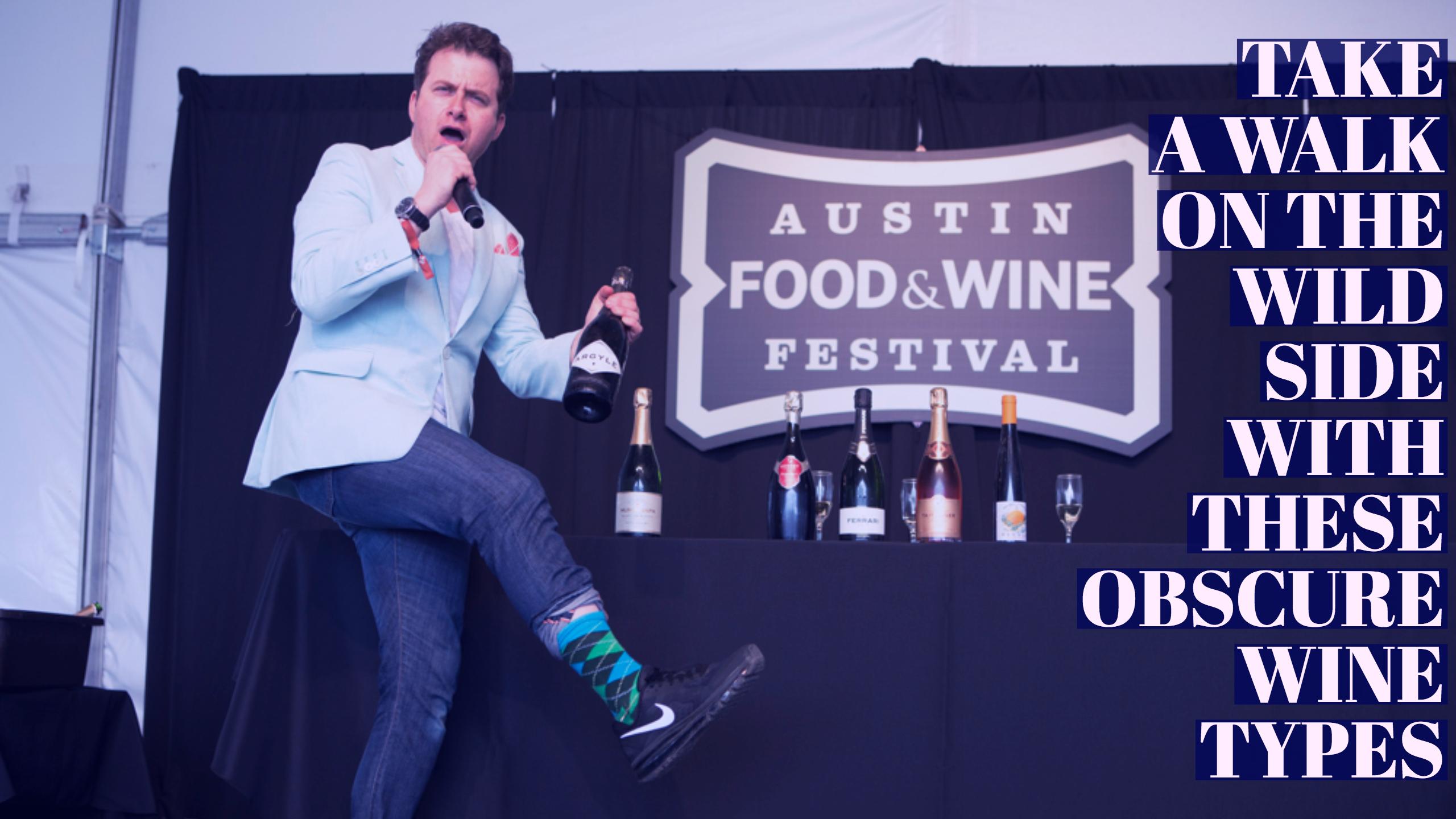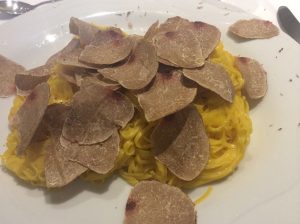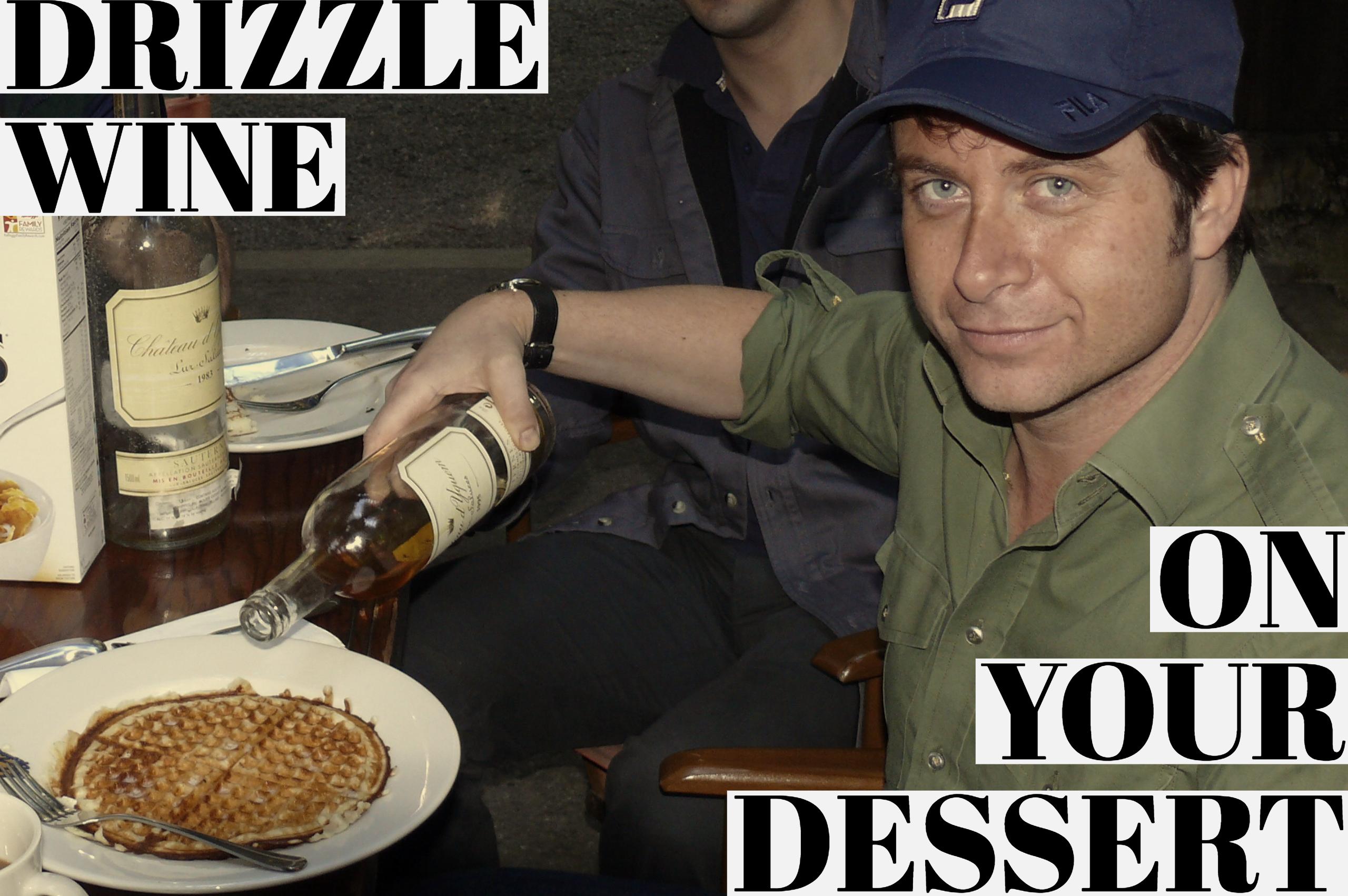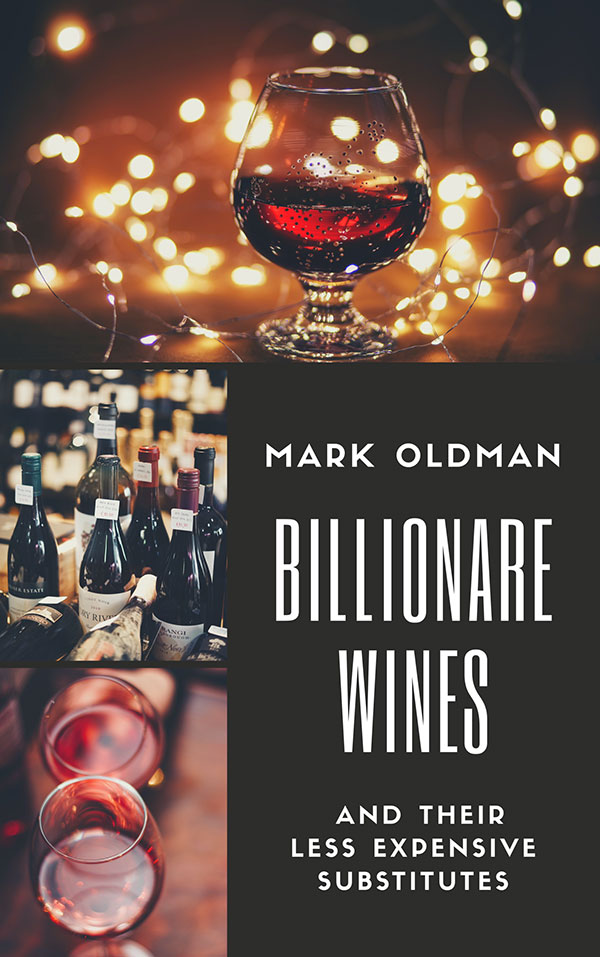
The best habit a wine lover can pick up is experimentation. I won’t tell you that venturing into the obscure always procures a winner, but you’ll be surprised how quickly your palate develops and the nuances you start to notice when you take a few walks on the wild side. And who doesn’t want to show up to the party with a brand new bottle no one’s ever heard of?
The appeal of esoteric wines is not always in their taste; sometimes they generate desire by the mere fact they play hard to get, while their taste is middling or even disorienting.

Disclaimer aside, novel grapes and regions that actually make delicious wine can be dazzlingly revelatory and economical. If you agree with Ernest Hemingway’s recommendation of “life intoxicated by the romance of the unusual,” then the following wine types will send you off buzzed with the thrill of discovery (in alphabetical order):
AGIORGITIKO (AH-YOR-YEE-TE-KO, A GRAPE VARIETY, GREECE)
Dark Greek red redolent of spicy blackberry and plum, sometimes with a smoky dimension; medium-bodied, but occasionally plumper; you’ll earn a vinous black belt by pronouncing it correctly.
KERNER (A GRAPE VARIETY, ITALY AND GERMANY)
Vaguely militaristic sounding white primarily from Italy’s Alto-Adige region; fresh and floral, like a grapefruit-y Riesling; possible notes of peach or orange peel; mineral-laced finish; high quality, complex, and priced like it.
RIBEIRA SACRA (REE-BEAR-AH SACK-RAH, A REGION IN SPAIN)
A rediscovered district of northwestern Spain making svelte, intriguing, juicy reds; from the Mencía grape, which also appears in the better-known wines of Bierzo; so far in short supply but could expand on its presence.
See if you can find these unusual delights from a specialist merchant or online. For more obscure wine types, check out my book, How to Drink Like a Billionaire, and check out the video to watch me try a bizarre white wine from Scholium Project, located just east of Napa.







